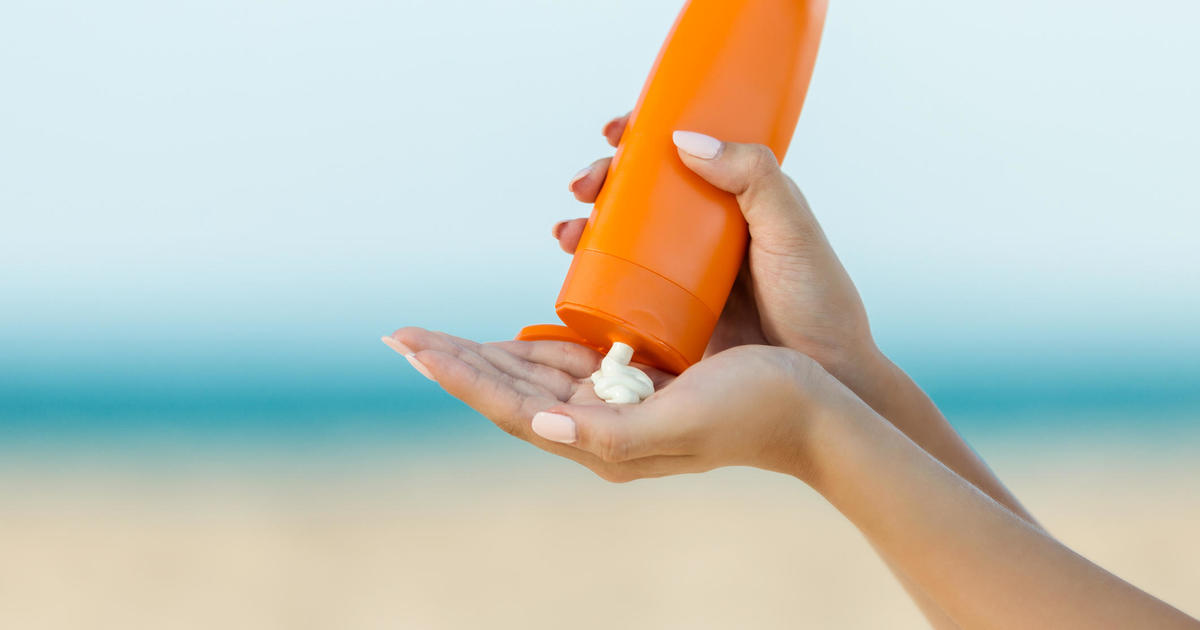As summer approaches, many of us are ready to enjoy the sunshine, but have you checked if your sunscreen is up to the task?
Why Are Sunscreen Options Limited in the U.S.?
Surprisingly, due to a nearly century-old U.S. law, your sunscreen options might not be as effective as those available worldwide. The 1938 U.S. law classifies sunscreen as a drug, requiring it to undergo animal testing. Unlike in Europe and Asia where sunscreens are considered cosmetics, this classification has significantly limited the variety available on U.S. shelves. This regulatory barrier keeps many foreign brands, which may offer better protection, out of reach for American consumers.

The Environmental Working Group (EWG) highlights a significant concern: on average, U.S. sunscreens don’t protect as well from skin-cancer-causing UVA rays as their European counterparts. A study by the EWG found that only 35% of the U.S. sunscreens tested met the European Union’s stringent standards for UVA protection.
The Importance of Effective Sunscreen
The stakes are high when it comes to sunscreen effectiveness. Skin cancer is the most common form of cancer in the United States, yet it is also one of the most preventable. “Almost everybody has been affected by skin cancer. One in five Americans have skin cancer,” says Dr. Robert Kirsner, a dermatologist at the Sylvester Comprehensive Cancer Center at the University of Miami. He advocates for the availability of European sunscreens in the U.S. to provide better options for patients.
The U.S. Food and Drug Administration (FDA) acknowledges the issue but emphasizes the need to ensure that sunscreens in the U.S. are safe for regular, lifelong use. In a statement to CBS News, the FDA said it “must balance the public health benefits of access to a broader range of sunscreen active ingredients against the importance of ensuring that the sunscreens Americans use are safe for regular lifelong use.”
Maximizing the Effectiveness of Available Sunscreens
Despite the limitations, experts stress the importance of using the sunscreens currently available in the U.S. When used correctly, these products are still considered safe and effective. Dr. Kirsner reassures that while U.S. sunscreens may not be as robust as some foreign products, they can still offer substantial protection. The American Cancer Society recommends using a broad-spectrum sunscreen with an SPF of 30 or higher. According to the American Academy of Dermatology (AAD), this level of protection should be applied every day, even on cloudy days.
“Apply enough sunscreen to cover all skin not covered by clothing. Most adults need about 1 ounce — or enough to fill a shot glass — to cover their body fully,” the AAD advises. They also emphasize not to forget often-missed spots like the tops of the feet, neck, ears, and head. When outdoors, reapply sunscreen every two hours, or more frequently if swimming or sweating.
Moving Forward
While the current regulatory framework limits the variety of sunscreens available in the U.S., it is crucial to use and correctly apply the products at hand. Advocacy for regulatory changes continues, aiming to provide American consumers access to more effective sunscreens. In the meantime, proper use of available sunscreens remains a key step in preventing skin cancer and protecting skin health during the sunny days ahead.
